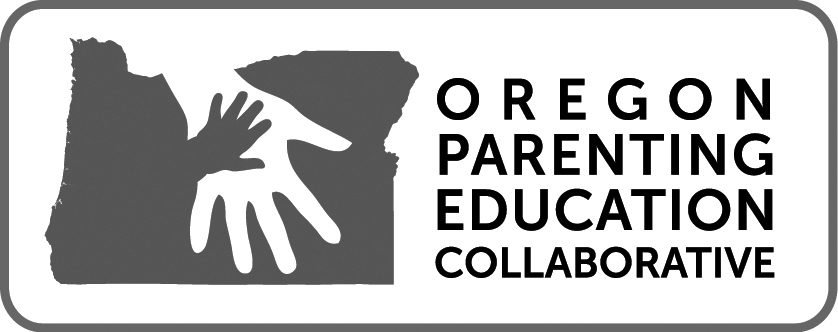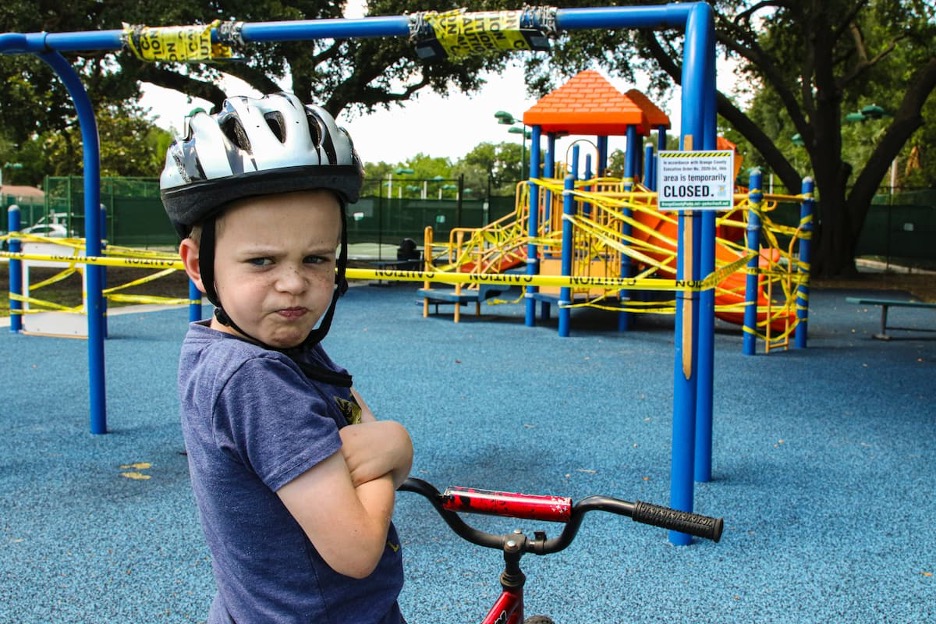Ugh, the dreaded phone call from school. Your kid’s teacher calls again to inform you that your child was disruptive during the school day. Not only is their behavior frustrating at home, but it is at school, too. No matter what you try, your kid is still acting up. What is going on? How can you help? Kids work through developmental phases of naughtiness and struggle with independence, but how can you help them?
Read on for research-backed methods that can support your child and family.
Understanding the Roots
All kids will test boundaries and need extra support through significant transitions. When my kids returned to school in the fall, my partner and I reminded ourselves that they would be tired, overwhelmed, anxious, hungry, and more. We needed to expect some big feelings and help create a soft landing place at home with some things to look forward to.
There are no “bad kids” or “good kids”. We’re all doing the best we can with the skills we have. We all make mistakes – especially when tired, hungry, and stressed. Rule those factors out first, and build eating and sleeping routines to keep your kid healthy. If your family has stressful conditions (such as health issues, a move, or other significant changes), do what you can to buffer your child. Remind them that the grown-ups are doing everything they can to keep everyone safe, and they will be okay.
Sometimes, neurodiversity can challenge a kid to fit into society’s expectations. Building self-regulation skills can benefit kids, especially those with ADHD, says Russell Barkley. If your child has a disability of any kind, talk with their care providers to learn if their behaviors are connected and how best to support them.
Teach the Skills
Sometimes, we assume our kids should know what to do in a situation, but we’ve never told them. It might help to think ahead and prepare our kids for our expectations. We might say to a preschooler, “Your friend is coming over to play. When they come over, it will be fun to play together. Are there any toys too special to share that we should put away? When your friend wants to play with your other toys, you can say ‘Okay!’” Older kids might need a short chat to tell them your expectations: “While we’re at Grandma’s today, please keep your phone off. She wants to spend time with us and will be offended if we look at our phones. Maybe we can play cards together.”
Look for the Good
Praising what you appreciate and being descriptive and transparent can help your child know what you are encouraging, says Lindsay Gerber, PsyD. You might tell a teenager, “You are being honest with me, and I appreciate that. Let’s talk through adjusting the time I asked you to be home.” A younger kid feels noticed when you say, “You came right over when I called you off the playground. Thank you!” Spending time together can also help your child feel connected and willing to work with you instead of against you. When one of my kids navigated a tricky time, I woke up ten minutes earlier to start our day with snuggles and help her feel loved. I was amazed at the difference it made in our days!
Consistent Expectations
If your child struggles at school, it might be helpful to conference with their teachers. Families and teachers can collaborate to pinpoint the top few skills to work on together. Using similar language and strategies can be helpful. Educators have great perspectives about what is typical and how to support more beneficial choices. If co-parenting is a barrier to consistency, explain to your child that they have different rules at your home than at their other parent’s home. Setting boundaries will be helpful. Professionals (pediatricians, educators, counselors) can help you create age-appropriate limits. Routines may also ward off struggles. If siblings know they take turns choosing which game to play, that may cut down on arguments, for example.
In the Moment
You know your child best and what has worked. We cannot reason with a child in the throes of a meltdown. Our job, then, is to ensure they are safe. Once the peak of the tantrum has passed, we can work with them. If we can stay calm and help co-regulate with our children, this will almost always help them if they can receive this. We can use calming techniques that our child can copy – deep breaths, lying down, drinking water, walking, rhythmic pats on the back – are all research-tested ways to soothe ourselves. With older children, we can ask them what may feel best. Dr. Vasco Lopes says, “By positively reinforcing compliance and appropriate responses to frustration, you’re teaching skills and—since you can’t comply with a command and tantrum at the same time—simultaneously decreasing that aggressive noncompliant tantrum behavior.”
We may have grand plans for gently reacting to our child’s tantrums. Thinking through new patterns for ourselves can be difficult when we are tired or stressed. Be gentle and forgiving with yourself when you react in a way you don’t want to. Changing our habits is hard work! You can always apologize to your child and repair your relationship. We can also do everything “right,” and our children will still melt down. Tantrums are not necessarily a reflection on you or your parenting. Our kids have hard days and don’t always have the resources to navigate them.
We can always right the ship. Making minor adjustments to our family patterns can keep us closer to loving, authentic relationships.
Resources
Child Mind Institute: Behavior Problems
Julia Cook’s books (variety of specific topics)
Mindful Kids (cards) by Whitney Stewart
There’s Got to Be a Better Way! By Dr. Becky Bailey (for grown-ups)
By Megan McQueen. Spanish translation by IRCO’s International Language Bank.
Megan McQueen is a warmhearted teacher, coach, consultant, and writer. She grounds her work in empathetic education, imparting a strong sense of community and social skills to those with which she works. Megan prioritizes emotional learning and problem solving skills. When not at work, she is most likely playing with her husband, two children, and pup.
Learn more about the Oregon Parenting Education Collaborative and read our blog!


